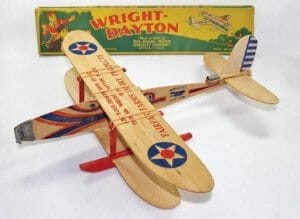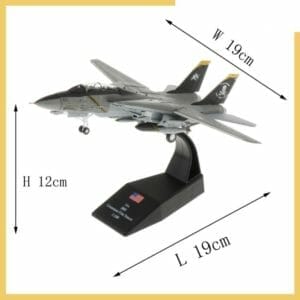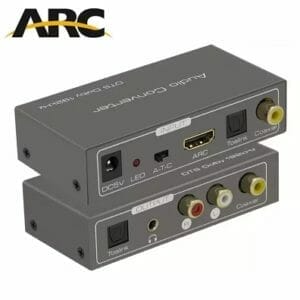Awesome Engineering Facts
Engineers love to learn new things like facts, trivia, or anything that they know will spike their engineering interest. So, here are some awesome engineering facts that you may not have heard of yet.
1. 220 Million Tech Waste
Around 220 million tons of old computers and other electronic devices are disposed in the United States each year. They are often referred to as e-waste or electronic waste, these are used electronics that are discarded, refurbished, or recycled because they’re outdated or damaged. However, when e-waste is improperly disposed of it can add up to waste in landfills that can cause public health and environmental problems in the long run. Although, there are other viable ways to recycle these materials to make other things like an iron ring, or you can sort your e-waste and separate the parts that can still be used.


2. How to destroy the diamond
A diamond does not dissolve in acid, only intense heat can destroy a diamond. More specifically, it will burn at 850 degrees Celsius. Moreover, another way to break a diamond is through high-impact and internally built-up pressure. While diamonds have a reputation for being indestructible, they can be broken up by hitting at a cleavage point.
3. Microchips double power
Moore’s law states that microchips double in power every 18 to 24 months. You may recognize this particular component as you find them in all the electronics around you from your personal computer to your cellphone. As such, if you’re fascinated with how digital devices are made, then studying microchips is worth considering. Alongside this, other parts that go into creating an electronic device are aluminum sheets. If you’re curious about how these were being created to be used in electronics, then you may want to consider checking sheet metal fabrication to know more.


4. Wright Brothers
Even though the first flight at Kitty Hawk took place on December 17, 1903, the secretive Wright Brothers did not demonstrate the technology to the broader public until August 8, 1908.

5. 113 Space Shuttle
Ever since the program began in 1981 as of 2009, there have been 113 space shuttle flights. In 2020, SpaceX successfully the world’s private company mission to space.

6. Chuck
Chuck Yeager blasted through the sound barrier at Edwards Air Force Base in 1947. Before this, no one has ever broken the sound barrier in flight. Along with his record of 64 combat missions, he’s also become a ‘double ace’ with 13 kills.

7. Photoelectric
Einstein received the Nobel Prize for Physics in 1921 for his explanation of the photoelectric effect.

8. Nobel Prize
Marie Curie was the first person to win two Nobel Prizes for Science.

9. Thomas Edison Patents
No one has received more U.S. patents than Thomas Edison. He got 1,093 patents to be exact.

10. Morse Code
On December 12, 1901, a radio transmission of the Morse code letter ‘S’ was broadcasted from Poldhu, Cornwall, England, using equipment built by John Ambrose Fleming.


11. Telephone Call
Did you know that one third of the world population has never made a telephone call?

12. Samuel Morse
The inventor of the Morse code, Samuel Morse, was a painter. One of his portraits is of the first governor of Arkansas and the painting hangs in the governor’s mansion of that state.

13. Earth Circumference
The earth’s circumference is about 25,000 miles. Its surface area is about 200,000,000 square miles and it weighs 6,588,000,000,000,000,000,000 tons.

14. Ericsson
The Ericsson Company first produced cellular phones in 1979.

15. Japanese Word Processor
The first Japanese-language word processor was developed in Tokyo between the years 1971 and 1978.

16. Video Games
Asteroids and Lunar Lander in 1980 were the first two video games copyrighted in the U.S.

17. Internet Growth
The Internet is the fastest-growing communications tool ever. It took radio broadcasters 38 years to reach an audience of 50 million, television 13 years, and the Internet just 4 years.

18. Laser
The first laser was made in California in 1960.

19. WWW
Tim Berners-Lee coined the phrase “World Wide Web” in 1990.

20. Arc Converter
Valdemar Poulsen, a Danish engineer, invented an arc converter as a generator of continuous-wave radio signals in 1902.













